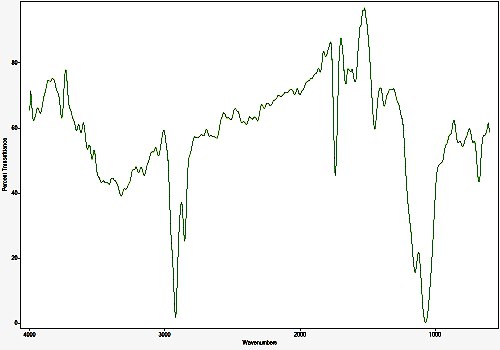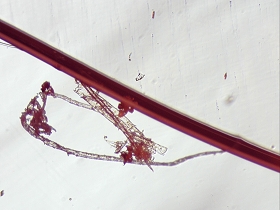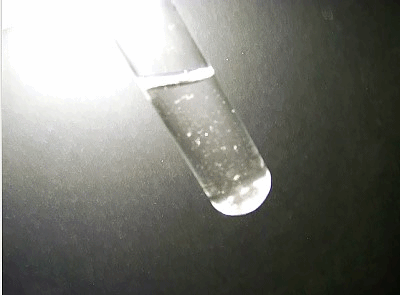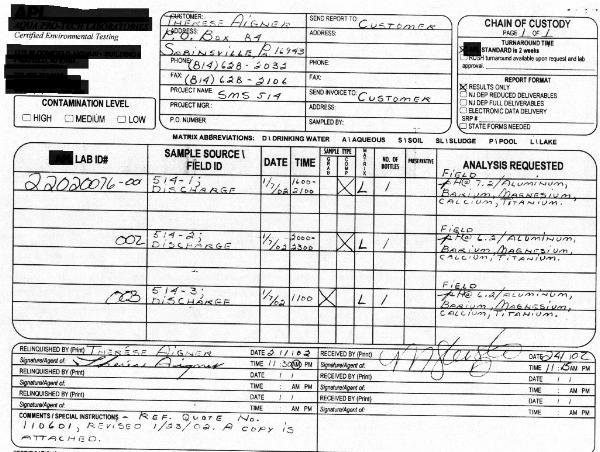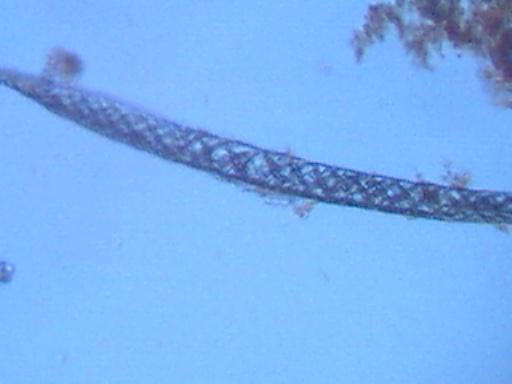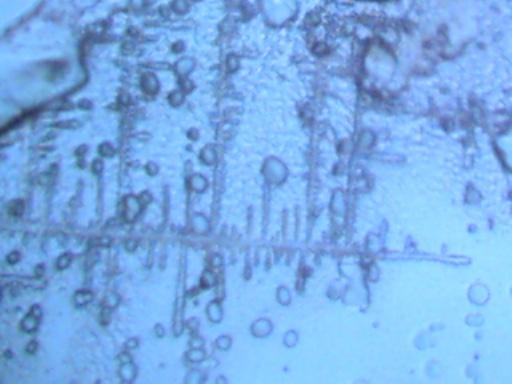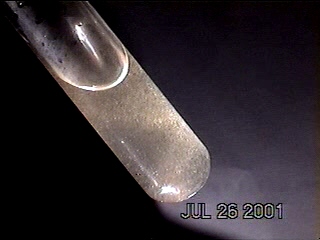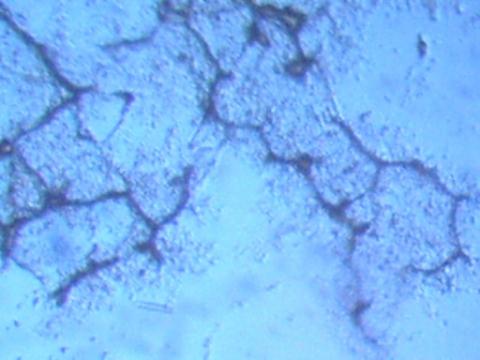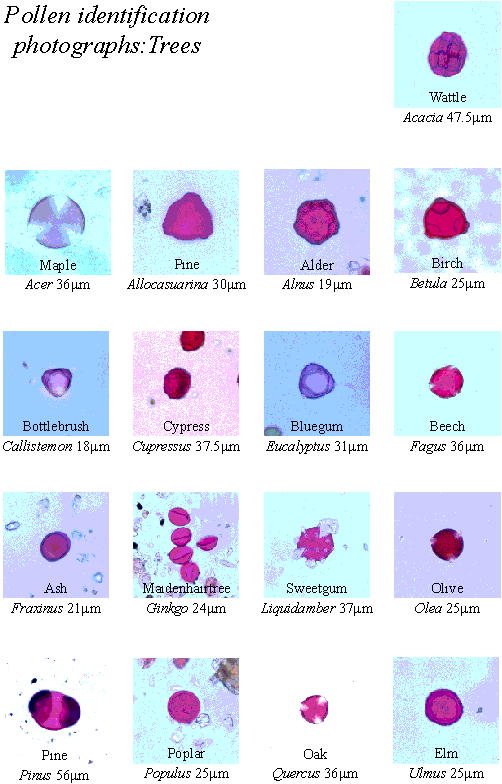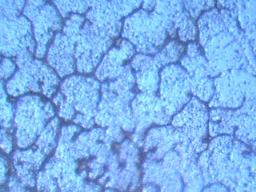
Three separate samples that were collected in August 2000 are pictured and discussed in this paper. The first sample analyzed was sent in from Missouri and is a dark brown/black powdery substance, and is possibly a fungus. A microscope shows the substance to be made up of uniform spherical structures about 7 microns in diameter. The second substance discussed is a fibrous material that was found in a previous rainwater sample collected on June 26-27, 2000 in Santa Fe, New Mexico. When dried, these fibers appeared dendritic in nature, and under a microscope, they measured roughly 1 micron in diameter. The third substance is a material that appeared to have originated from the ground in Albuquerque, New Mexico, and is not believed to be related with aerial activity. This material, described as having a foam-like nature and a texture like ‘chocolate mousse’, is believed to be fungus related, though such a growth is not known to thrive in desert conditions in New Mexico. Input is welcome in determining what these substances are. Those with mycology or microbiology backgrounds are encouraged to respond to the Carnicom Institute.
